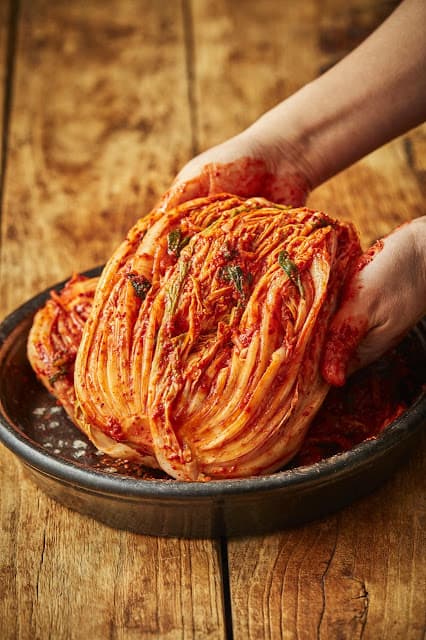Korean Love Confessions: K-Drama Lines & Real-Life Tips
From swoon-worthy K-Drama quotes to everyday phrases like “사귀자,” this guide shows how to confess love naturally in Korean. Learn when to speak up, what to say, and how to sound sincere—so your words feel human, warm, and unforgettable. Take a breath, trust your heart, and say it well.
Korean Love Confessions: K-Drama Lines & Real-Life Tips Read More »






